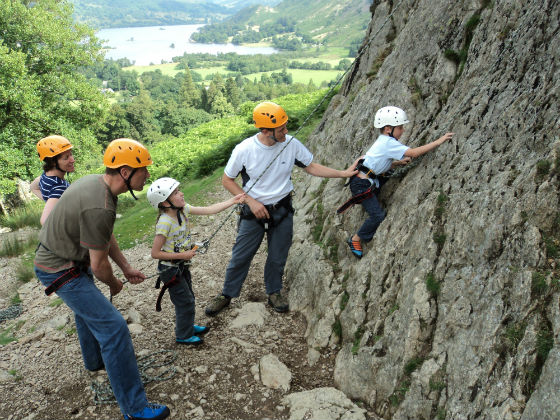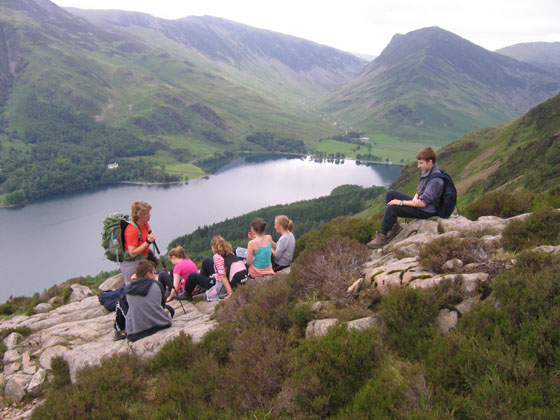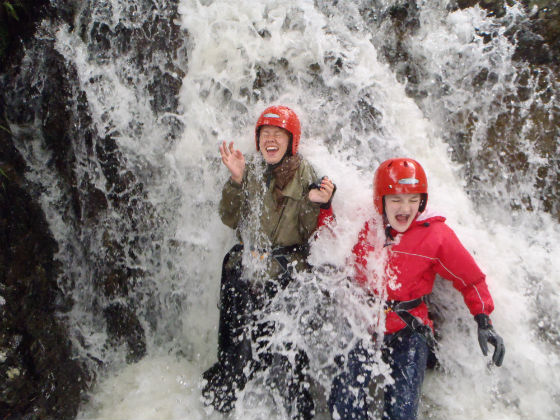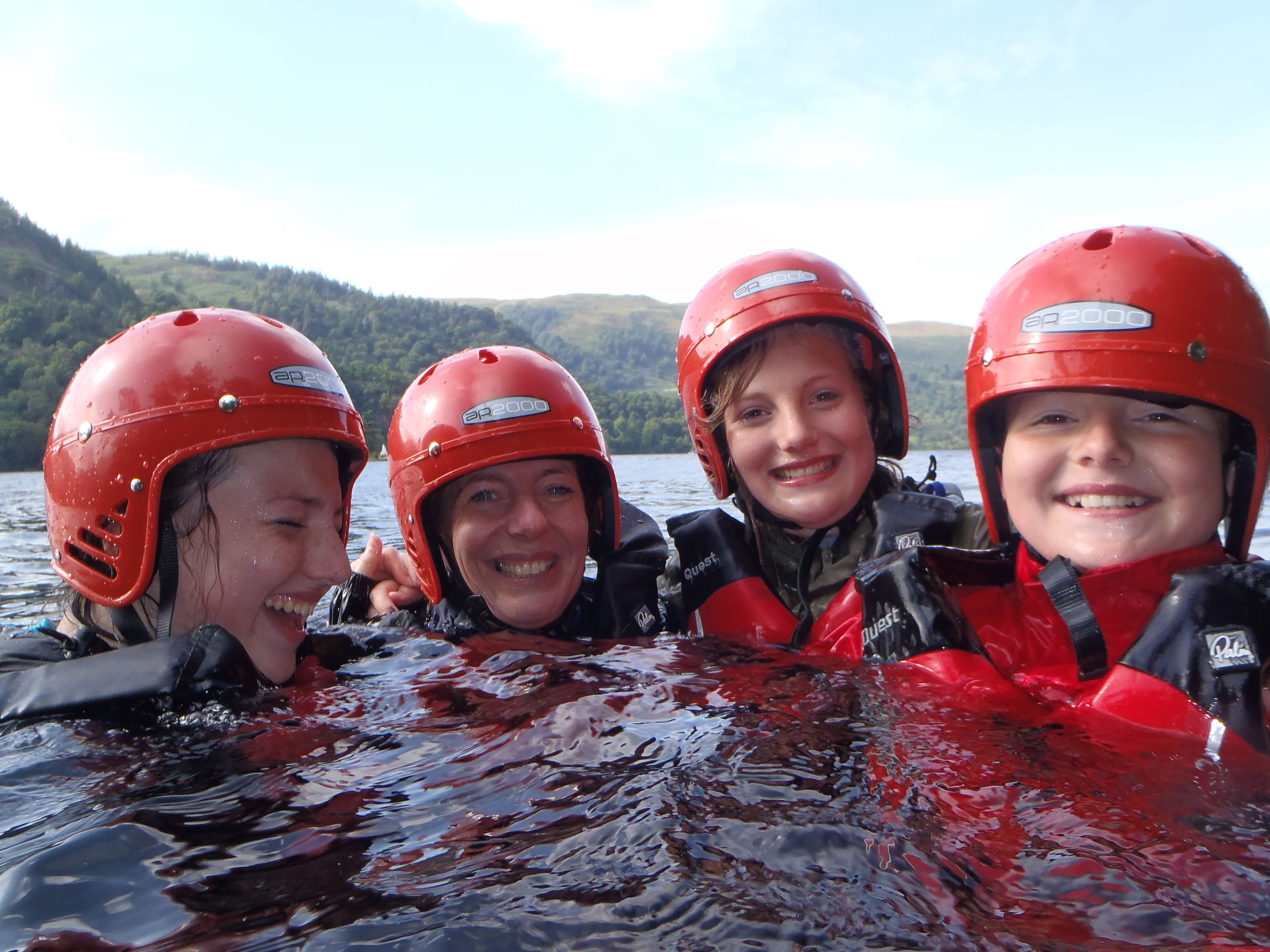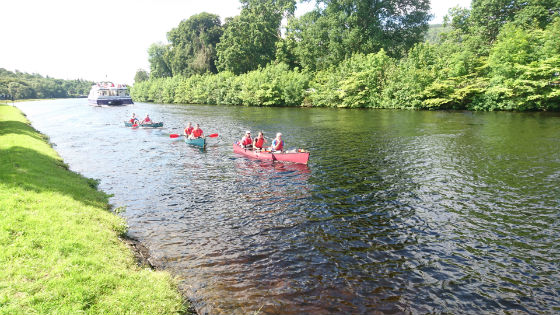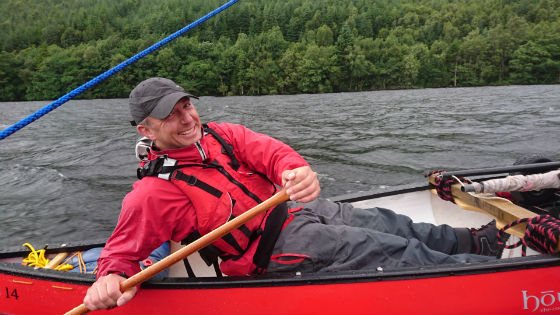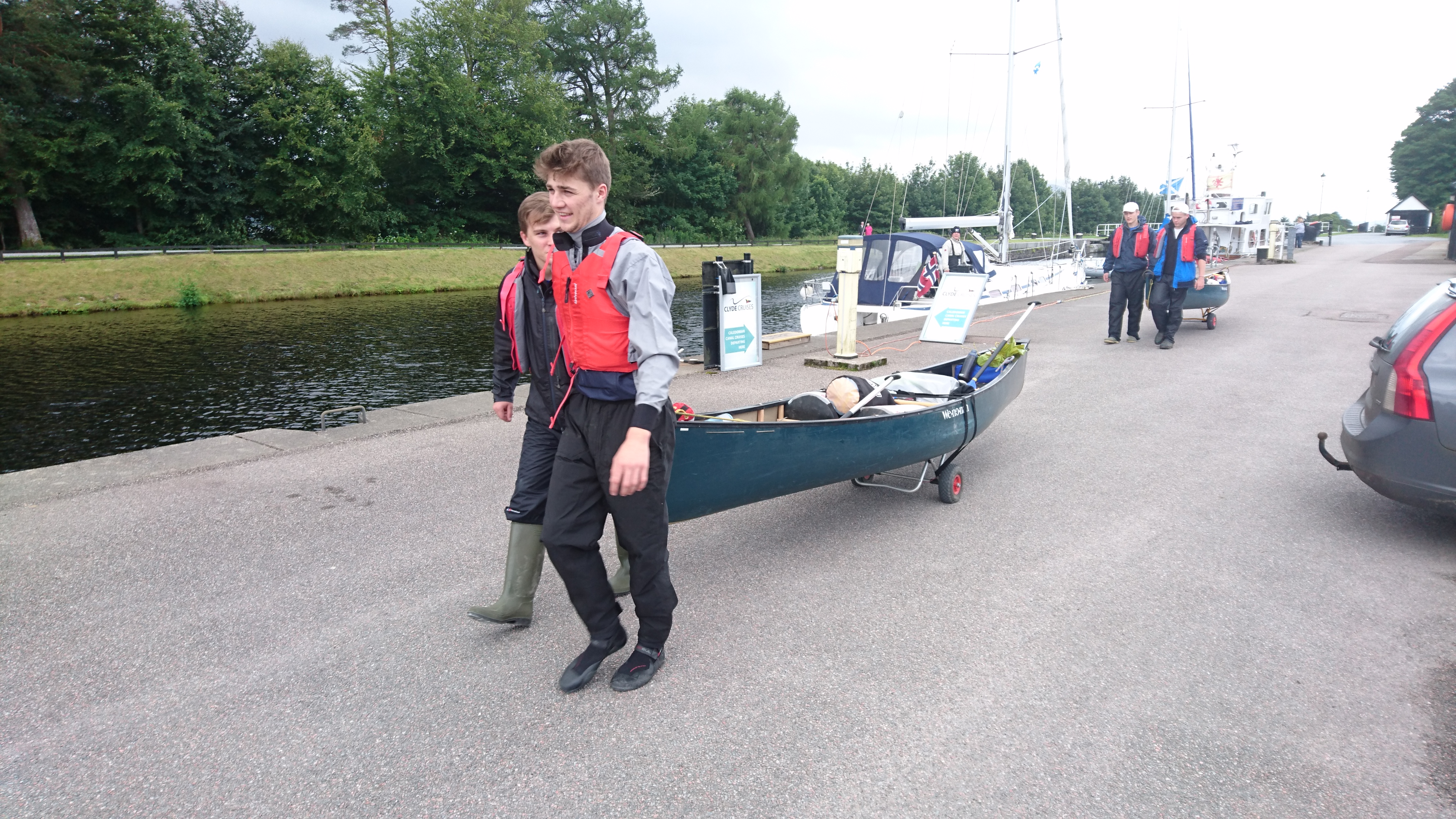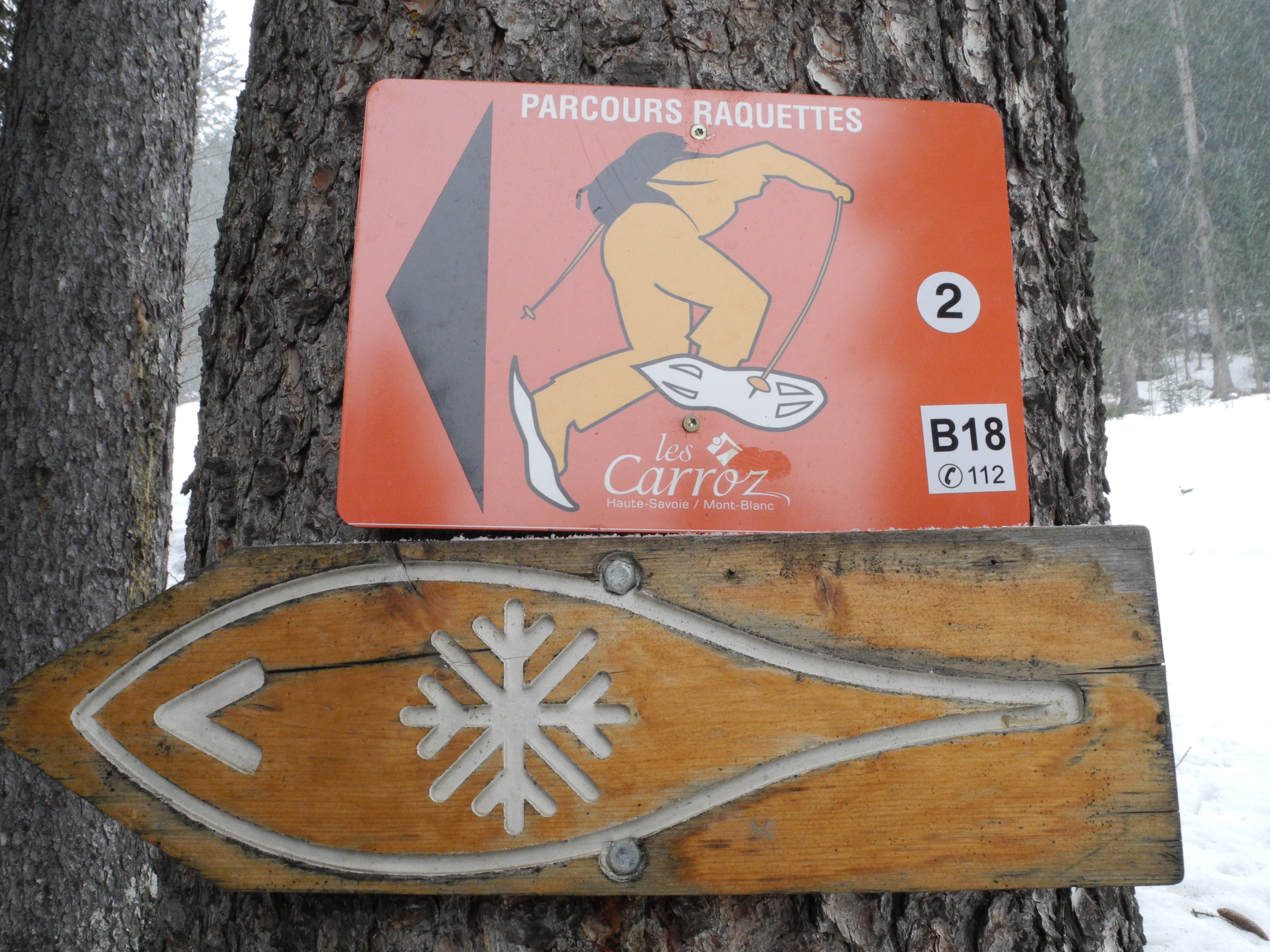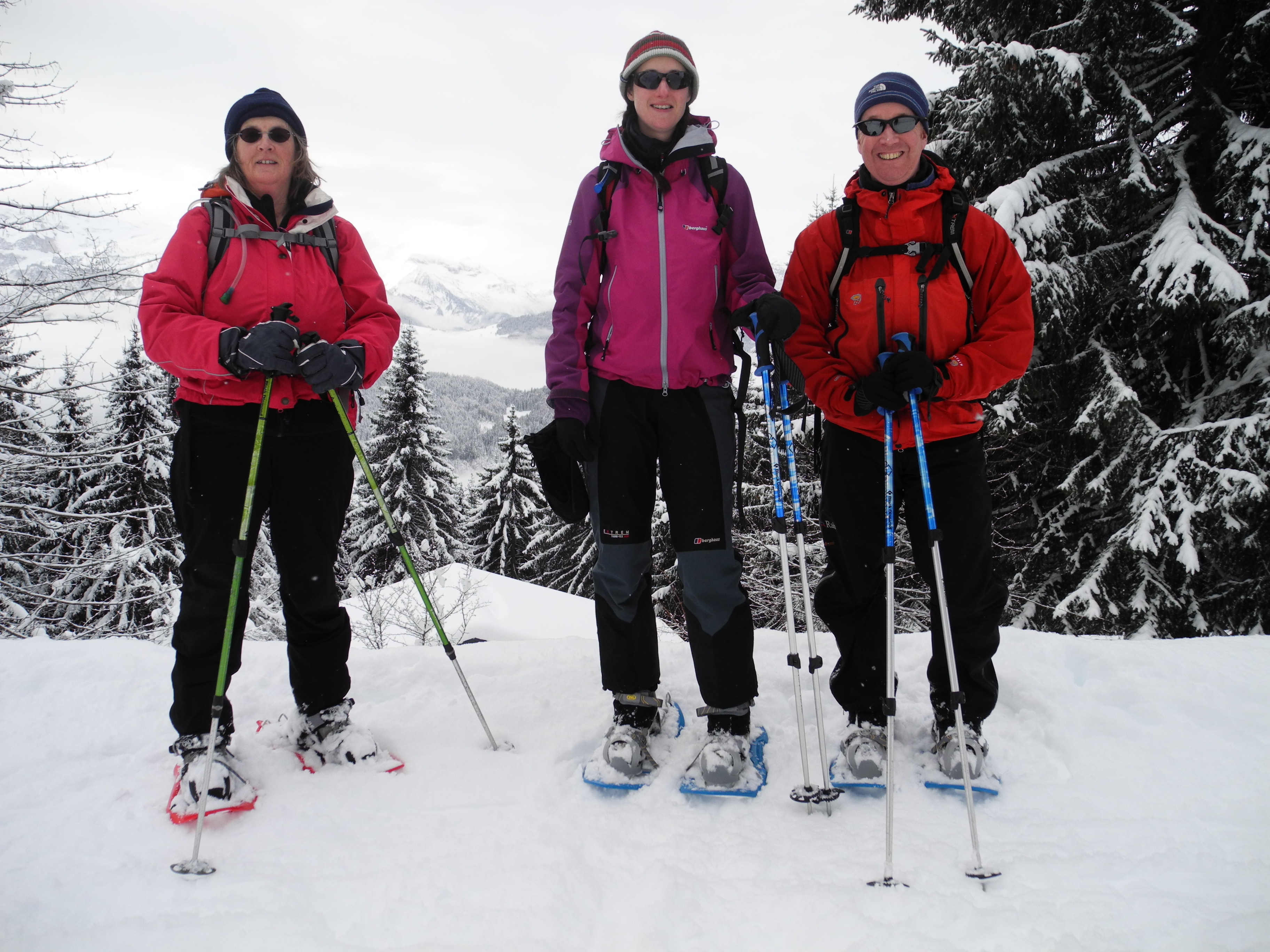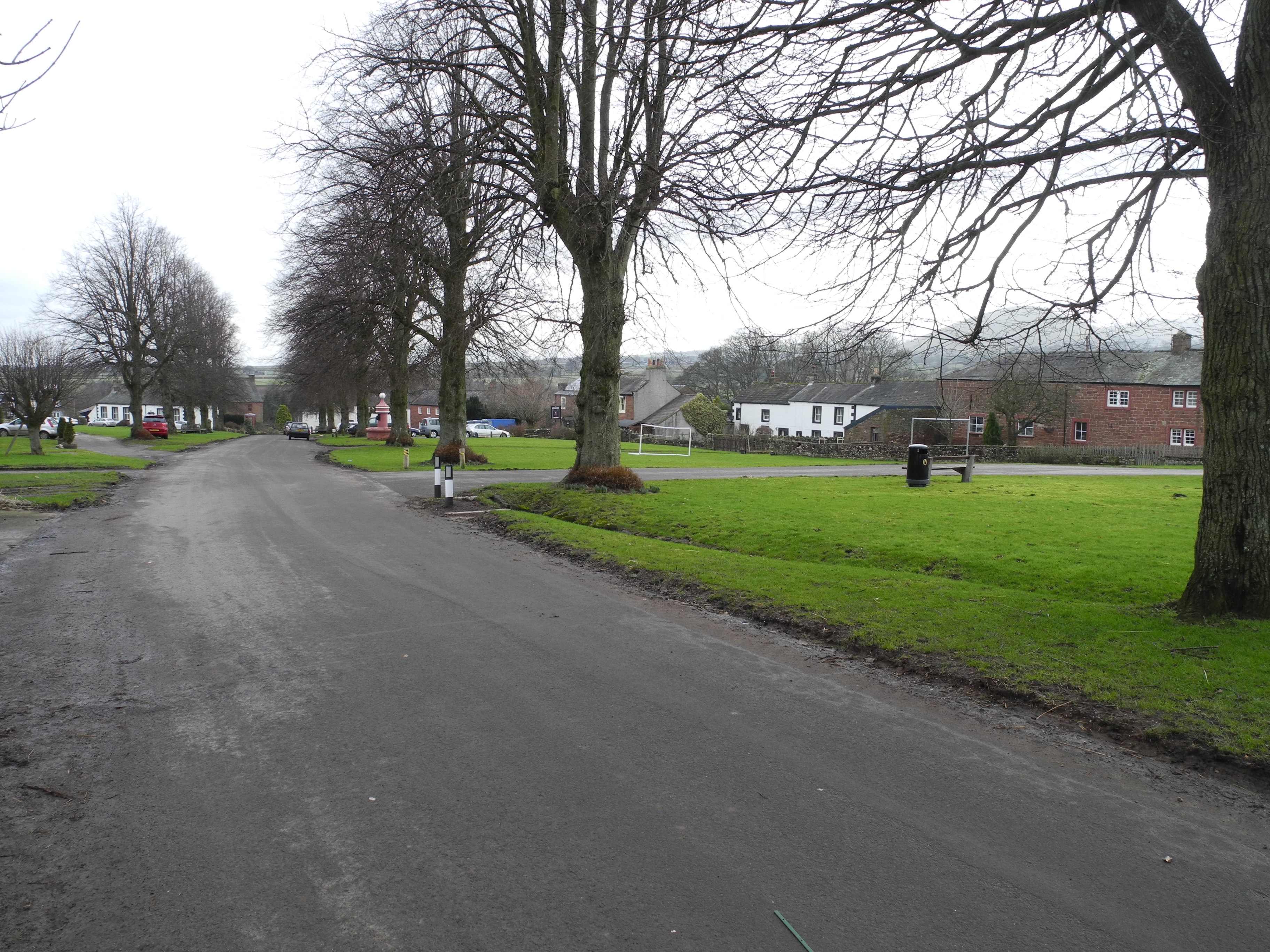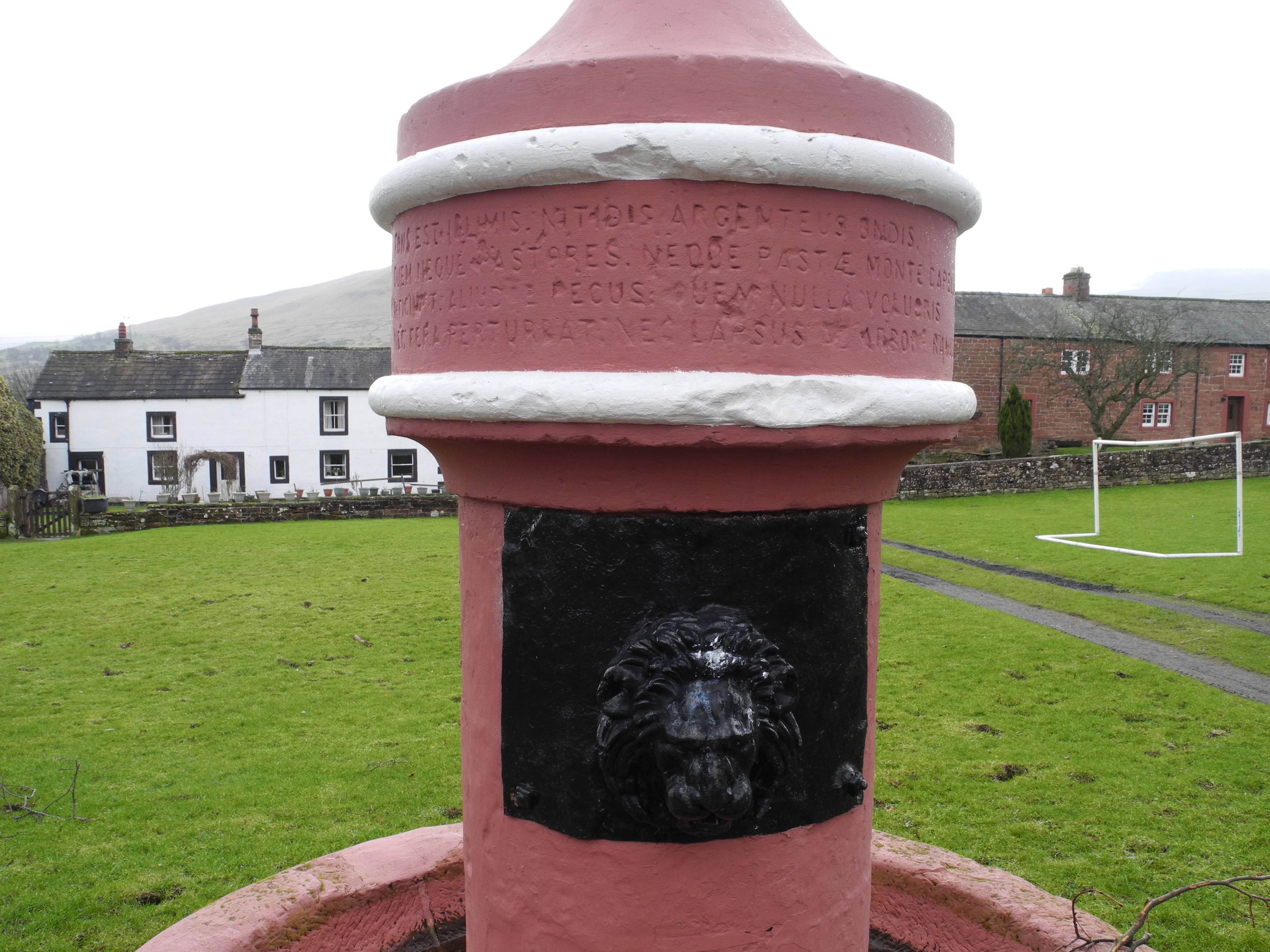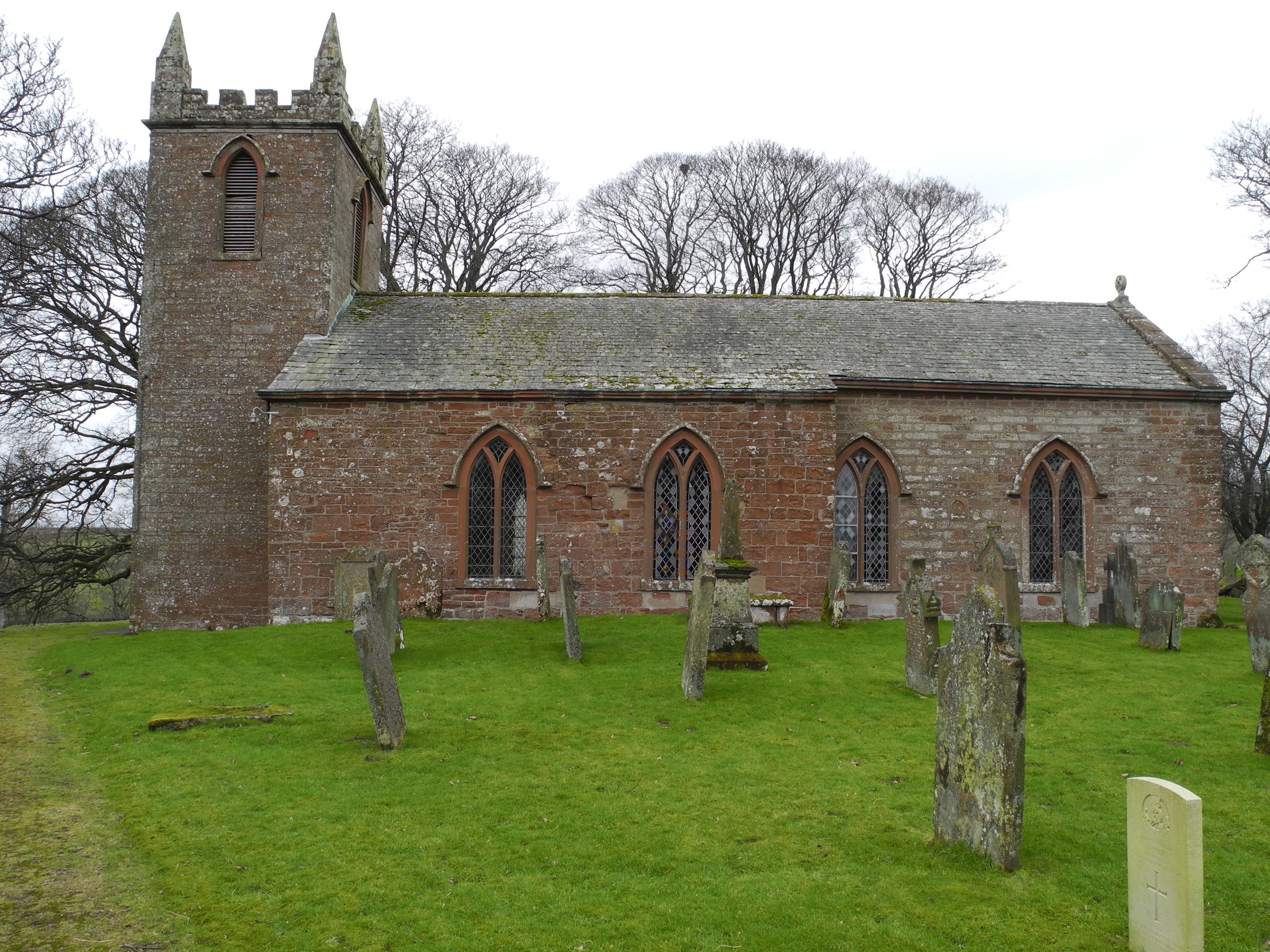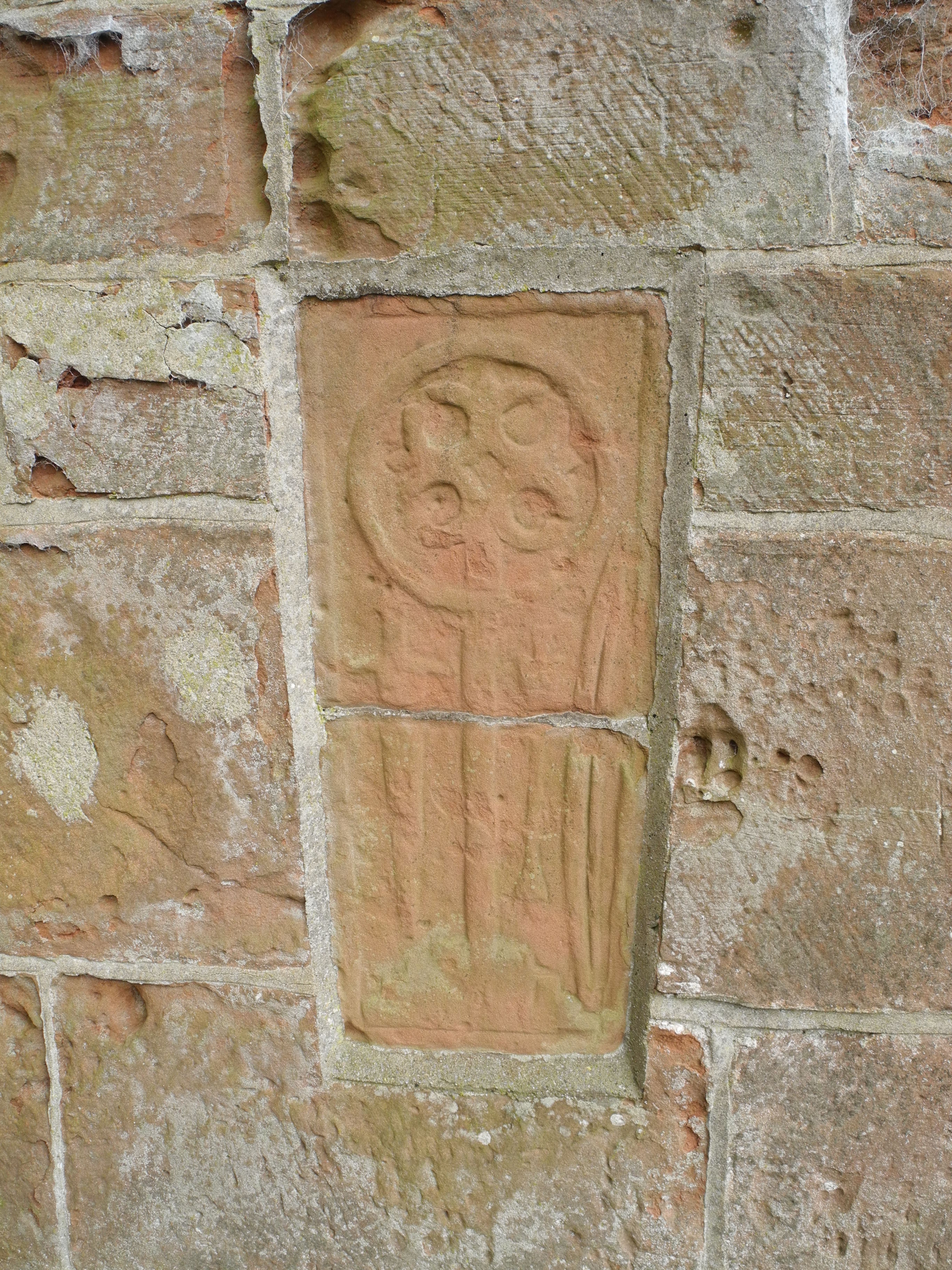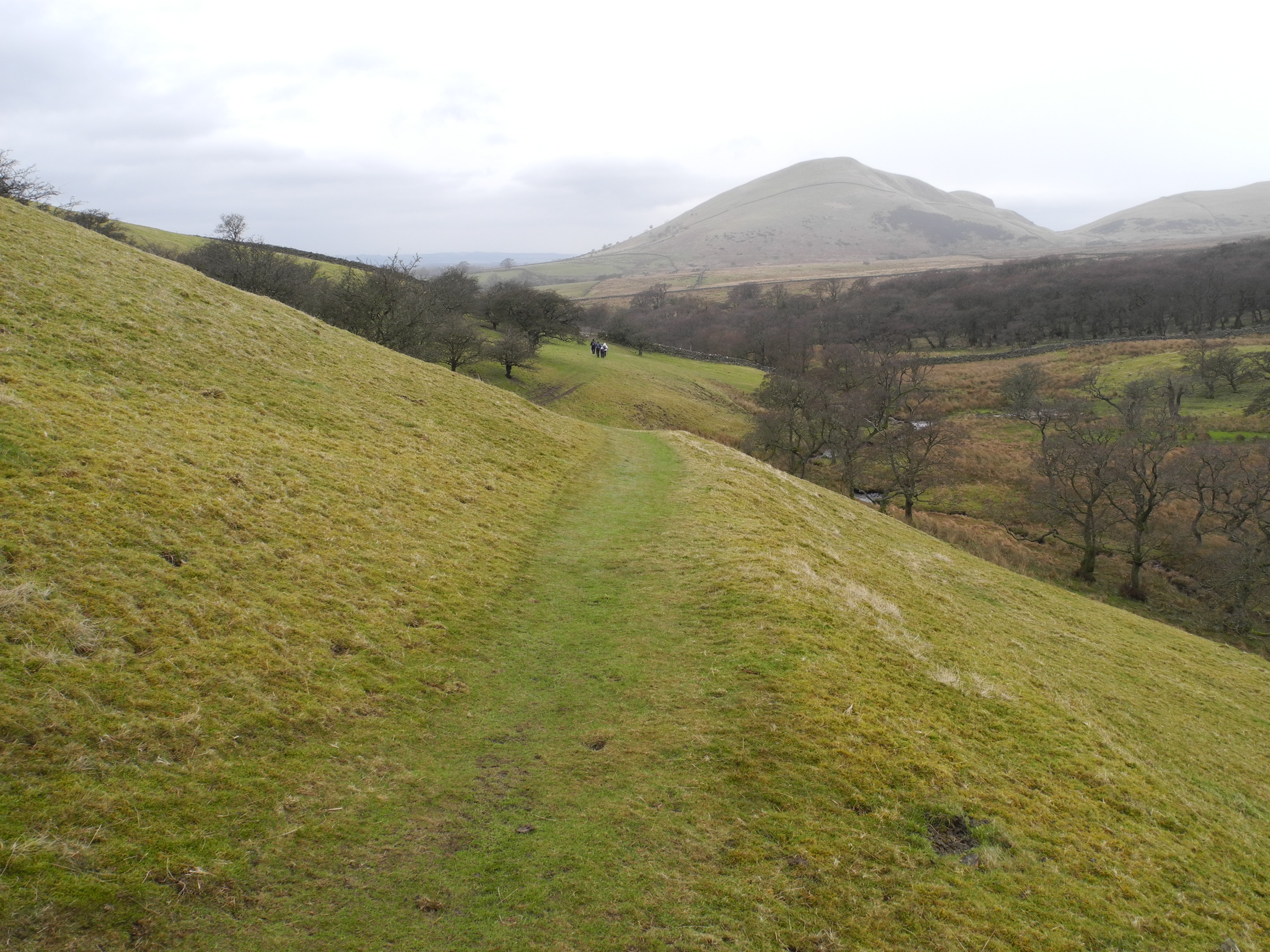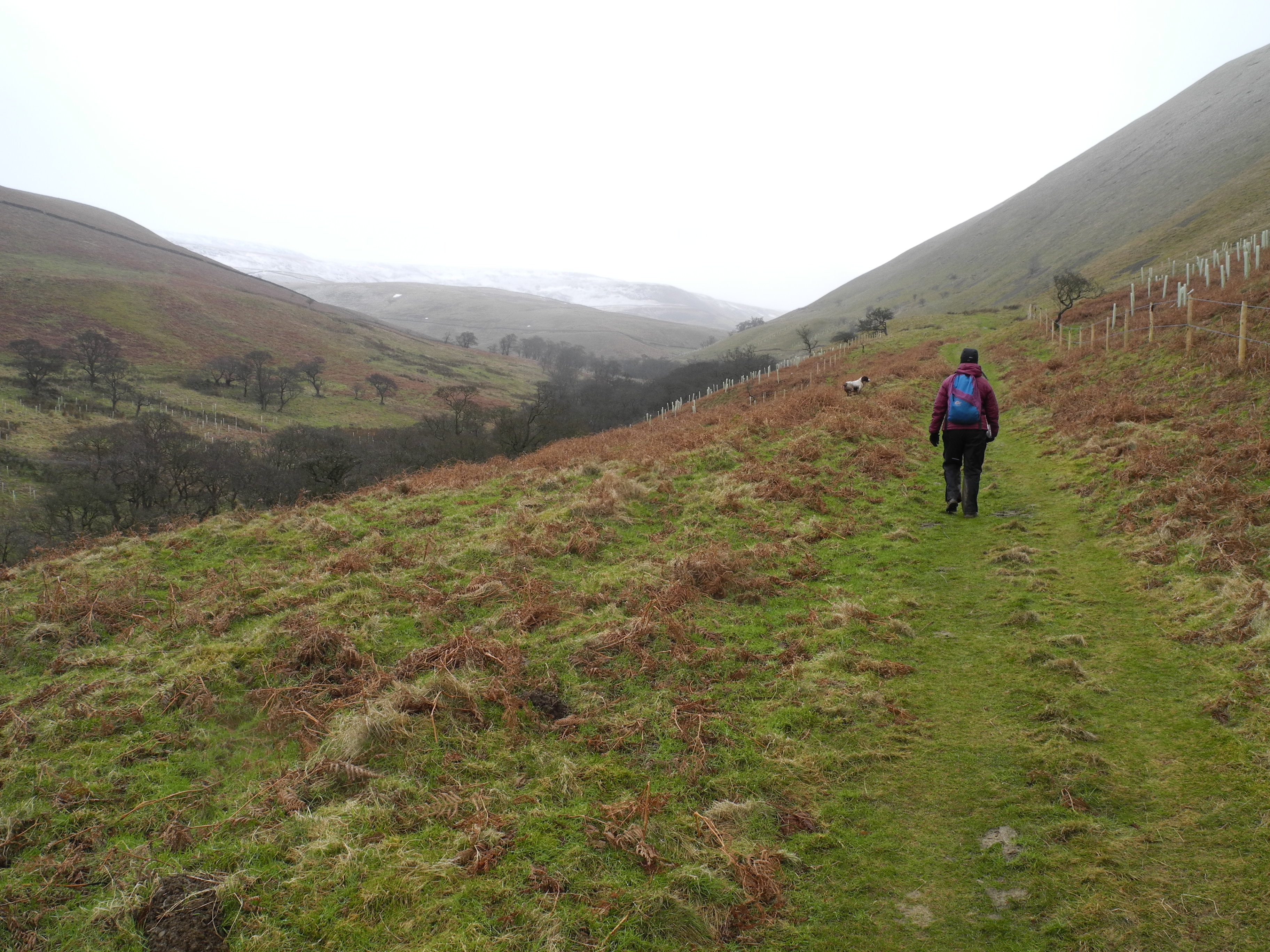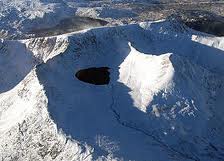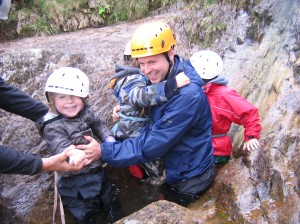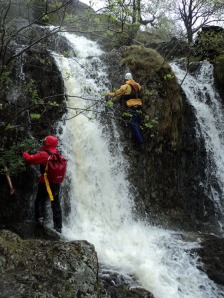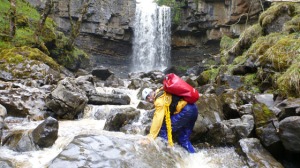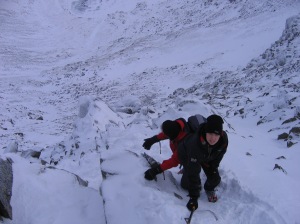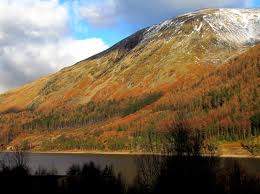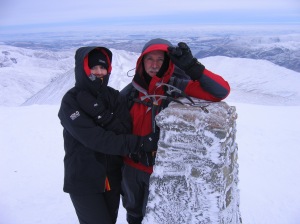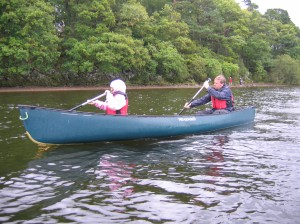2020 has seen a major change to all our lives with the Covid-19 pandemic. As we continue to make our way through the year things will change. Already the lock down is being eased and we are all starting to venture out a little more. But the big question is “what will it all mean for us in terms of getting out and having some adventures again?”
The Government has changed it’s message to ask us to stay alert, control the virus and save lives. But can we do this whilst having outdoor adventures?

The answer is not straight forward really. There are lots of things to consider and I feel there is no right or wrong answer. It is up to us all to decide if we want to head out and have fun and ask ourselves some important questions. Here are some of the things we will all need to consider when planning our next adventure.
Plan Ahead
Firstly, you will need to make sure that what you plan on doing is allowed in the country you wish to go to. With England, Scotland, Wales and N Ireland all having different rules around the number of people going out and distance you can travel, it is important to check you are following the correct rules.
Once you have decided what you are going to do and where you are going to go, you will want to think about keeping yourself and others safe. If you decide to travel to popular locations then being able to social distance in car parks, picnic areas will be difficult. Many areas may have limited parking options and may not have opened other facilities such as toilets, so think carefully about your impact on the area and the local communities. If you can head to quieter places where parking may not be an issue try and go there.


Social Distancing
If you are from the same household the need to socially distance is reduced, needing you only to avoid other people. If you are a group of friends from different households then you will also need to socially distance from each other. Some outdoor adventures will be difficult to socially distance from one another for safety reasons and the nature of the activity. Avoiding people where you are forced to use certain routes, where it is impossible to keep a 2 metre distance, should be something to think about. Scrambling along a narrow ridge may not be the ideal place to social distance. Here are some thoughts on different outdoor activities:

Walking
It is possible to enjoy days out in the beautiful valleys and on the fells and social distance. Think ahead and try and avoid popular areas to make this easier. Avoid routes where you know it is impossible to allow people to pass without breaking the social distancing rule. If you are out with friends from different households remember to social distance. Remember this is a new “normal” and not how you used to walk together. If you see other people on your route plan ahead: Where would be best to pass? Look for places you can step off the path to give others room. Think about where you are going to stop for rests and lunch. That summit shelter may not be the best place to social distance. Using a local guide will help you find the perfect route away from the “honeypots” and will take away the need to navigate and plan the day.
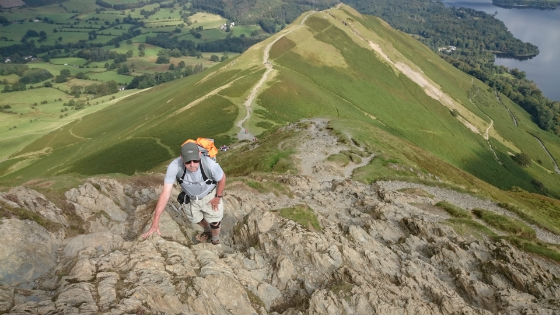

Scrambling / rock climbing
These two activities often require you to follow a set route/line. Popular climbs and scrambles may be busy, making it more difficult to ensure that you social distance. You will need to avoid catching parties up ahead and hope that the party behind do not catch you up. At the end of each rope length (pitch) you will need to belay your partner up on climbs and more technical scrambles. Will you be able to social distance at this point? Not a problem for people from the same household, but for others it is. These areas can often be a bottle neck with parties catching up with each other so care needs to be taken. Many climbs can be found next to one another so check the routes either side of you to see if you might end up close to other climbers on other routes. If you are looking to learn to scramble then a local guide should be able to take you on the easier scrambles around the Lake District. These should not involve the need for a rope. If you want to learn, or just have a go at climbing, this will be difficult as trying to social distance with a guide and learn the skills needed may be impossible.


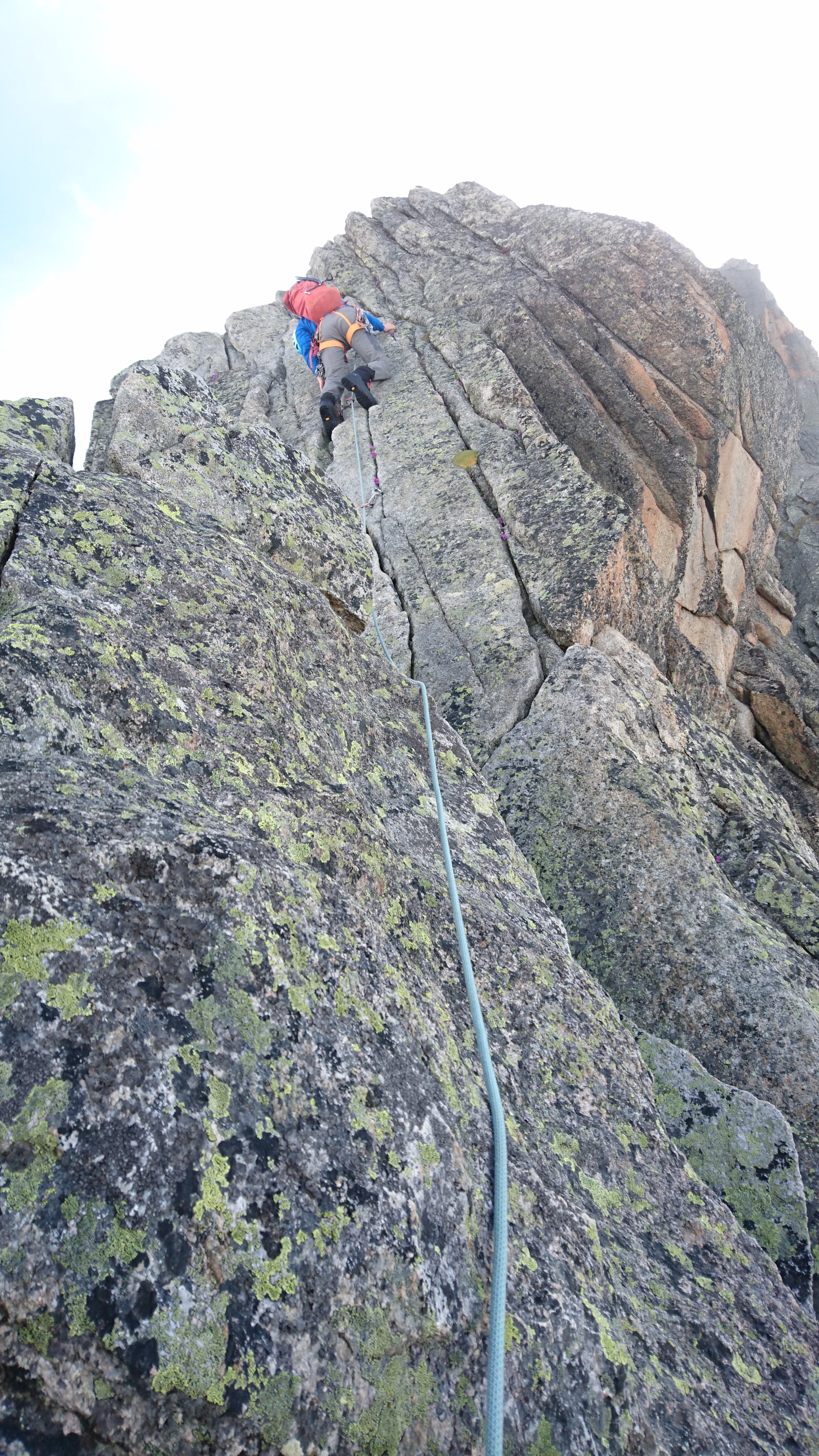
Canoeing / kayaking
This activity will mainly allow people to social distance from one another, no matter whether you are from the same household or not. Most canoes will have seats 2 metres apart. Double sit on top kayaks are a little closer at just over 1 metre. You will still need to avoid breaking the social distancing rules by not coming together in a raft if you are from different households. If you are from different households you will also need to be able to cover your face if you need to break the social distancing rules to help rescue someone who capsizes. With an instructor this is a great activity to give a try if you are looking to have an adventure and explore the Lake District from a different angle.



Ghyll Scrambling / Canyoning
This activity has become popular in the Lake District. It is often undertaken through an outdoor provider with local knowledge of the ghyll or canyon and they provide any special equipment needed. As these activities require people to follow a mountain stream either up or down then often the route is set. This means that the group will need to ensure they remain socially distanced from their instructor and other people in the ghyll or canyon and, if you are from different households, from each other in the group. This could result in long lines of people in the ghyll or canyon, or waiting to get in to start the activity. This was already happening pre Covid-19 in some ghylls such as Stoneycroft Ghyll near Keswick. As this activity is often led by an instructor they will need to work out how they can socially distance, give clear information on how to get up or down the ghyll/canyon and ensure that people are safe and protected at all times. This will be easier for groups from the same household as they can help one another and stand together in a group, but it will be more difficult than previously. So if you plan to give this activity a try and use an activity provider, ask how they plan to run the trip based on the new “normal”?



Reducing the spread
Reducing the potential spread of Covid-19 is going to be important. Being in the outdoors often means access to soap and water is limited. So having a good supply of hand sanitiser is going to be important. As you come into contact with items that may have been used by many people think about using the gel. Car parking machines, public toilets and gates are amongst the many places people will have touched. Each time you stop to eat or drink clean your hands before and after. Think about the kit you are using. If you are out with people from different households you should ensure it is clean before others use it and cleaned afterwards before others use it. This is particularly important for shared equipment such as climbing ropes and safety equipment. If you are using an outdoor activity company ask to see what measures they have in place regarding reducing the spread of Covid-19.


Putting others at risk
The lakes and fells are open but should we go? Many rescue teams at present are keen to see as few call outs as possible. But, if you do decide to head out onto the water, into the hills or onto rock, then follow some sound advice. If you have not been out for some time then start off easy and choose something well within your capabilities. Ensure that you do not take risks that can be avoided. Take all the correct kit for the activity and the weather conditions. Know how to look after yourself, by being able to navigate and carry out first aid etc. Plan to be self sufficient. If you call for a rescue you will find that the rescue team will be smaller, often they will be on foot rather than in a helicopter and the rescue will be longer than it would have been pre Covid-19. By being sensible and prepared you will hopefully not need to put the rescue teams at risk. If you do not have the right equipment or skills then do not head out on your own; hire a guide/instructor who can help ensure your safety.
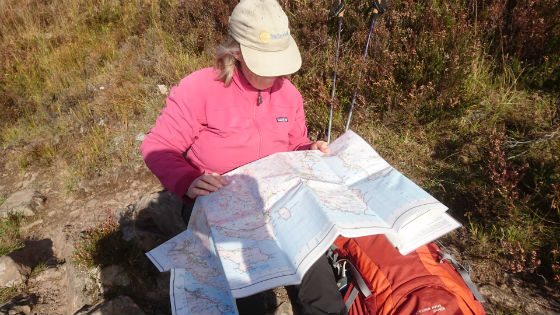

Although studies suggest being outdoors provides a low risk for catching Covid-19, we can all do our part to reduce the risk of catching it or passing it on. If we feel unwell and have any signs or symptoms of Covid-19 or been in contact with someone who has in the last 14 days, then we should not plan on heading out for an adventure. Plan ahead and think about what you want to do and where you are going to go. Take measures to reduce the chances of catching the virus by social distancing and cleaning your hands regularly and also kit, before and after you use it. Make sure you have the right equipment and skills to have the adventure you want, rather than it turning into a different kind of adventure!
Whatever you decide to do, we hope you have a safe, fun and Covid-19 safe adventure on your next trip to the Lake District!


